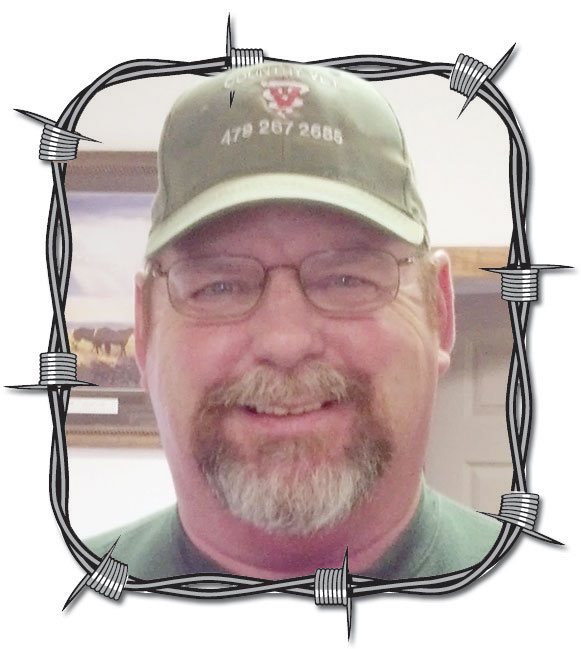 Ever wonder what a veterinarian actually does? Yes, we treat animals, medically, do surgery, vaccinate and make production recommendations. But, when you go deeper and really look at what a veterinarian actually does, it is protecting the public. Our main objective is to protect public safety. There are many ways we do that.
Ever wonder what a veterinarian actually does? Yes, we treat animals, medically, do surgery, vaccinate and make production recommendations. But, when you go deeper and really look at what a veterinarian actually does, it is protecting the public. Our main objective is to protect public safety. There are many ways we do that.
1. We are the main food inspectors.
We actually have a division of the USDA called FSIS (Food Safety Inspection Service), which runs the inspection service of all of our food. This is headed up and run by veterinarians. These inspectors are watching for diseased animals and animals tainted with drugs and there job is to keep them from getting into our food chain. None of us want to eat a meal with diseased meat or tainted with pharmaceuticals.
2. We recognize communicable diseases such as rabies, TB, Lepto, Bordetella and others, too, numerous to mention.
These diseases can go to people, so extra diligence needs to be used.
3. Monitor contagious animal diseases such as Trich, Brucellosis, and Bovine Spongiform Encephalitis (mad cow).
All of these can be financially devastating to our agricultural industry.
4. Advise for the proper use of antibiotics and withdrawal times for the drugs in specific species.
None of us want to eat antibiotic or tainted meat with foreign substances in the meat. And another example of this is if someone would eat a piece of meat tainted with an antibiotic that happens to be allergic to that drug; they could die before it was recognized and reversed. This could also be a way of creating super bug infections in people, i.e. MSRA.
5. Veterinarians also help with compliance with proper transport requirements of livestock from state to state.
This helps cut down on the movement of diseases throughout the United States. For example, here in Arkansas we still have not had a problem with delta corona virus in hogs which is the PED diarrhea in baby pigs. We are also Brucellosis and TB free. This is what health papers protect.
6. Veterinarians are also on the front lines to recognize foreign animal diseases that may slip in.
Now these diseases are very costly to agriculture and everyone involved. Even our consumer will see a rise in price of food due to one of these diseases slipping in. It is projected that if foot and mouth slipped in it could cost agriculture in the neighborhood of $60 billion within three to four weeks of being here.
7. ADT or animal disease traceability assistance.
This is where we follow a disease in animals back to the source. This is very important to figure out how and where it started.
8. We also help and assist in monitoring FAD, foreign animal disease, as a part of bioterrorism.
Our government has put all veterinarians on notice to be diligent about watching out for bioterrorism in animals. (Anthrax, Smallpox, Foot and Mouth and others). These diseases could cost agriculture Billions within just a few weeks.
9. We also assist in the enforcing quarantine of livestock while contagious disease testing is being done.
For disease such as EIA (Coggins), TB, atrophic rhinitis, vesicular stomatitis, Brucellosis, avian influenza, and Newcastle disease, to just mention a few. Yes, there are many more.
As you can see there is a lot of responsibility in being a veterinarian. We do a lot for the agriculture industry. And now my question to you, who better suited to do chute side work for the industry? We are not there just to pregnancy examine your cow or examine a sick animal, but help insure the safety of the public. We are on the lookout for all of these other problems that might slip in.




